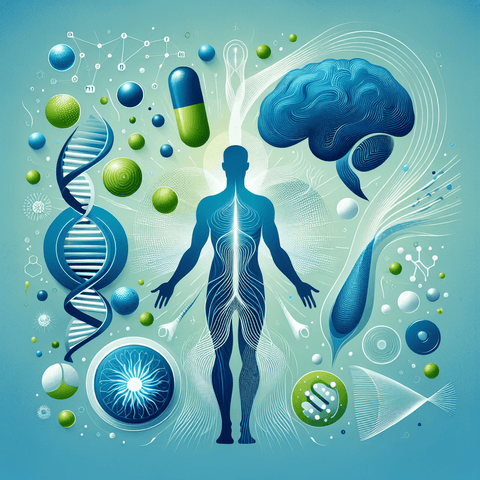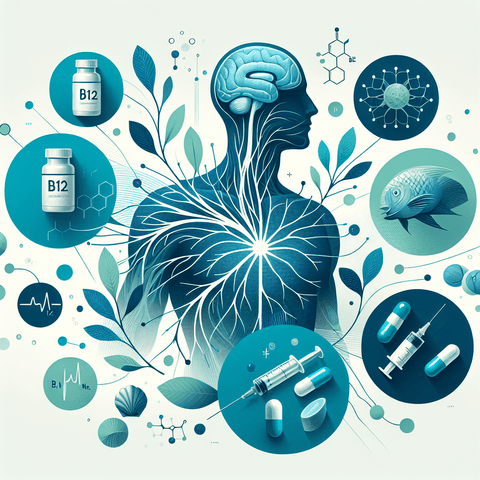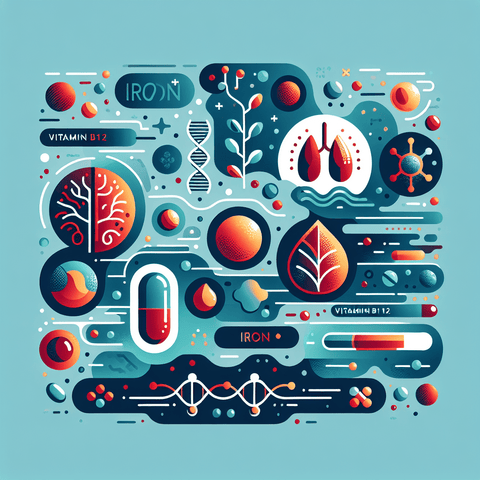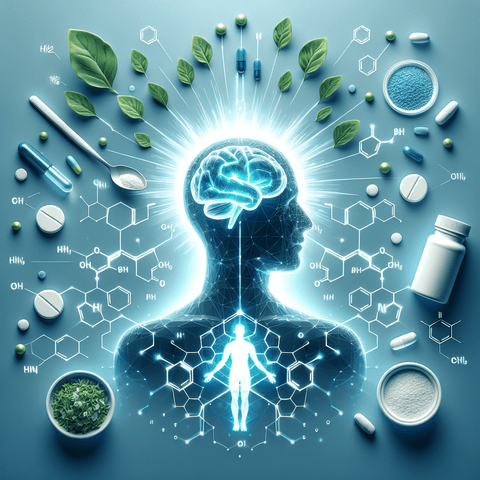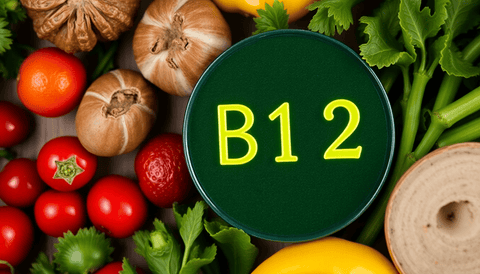Vitamin b12 absorption is a finely tuned sequence that starts in the stomach and ends in the small intestine. In this process, the vitamin b12 molecule released from dietary carriers binds to intrinsic factor, a protein produced by the stomach lining. The resulting complex travels to the ileum, where specialized receptors facilitate uptake. This page explains the key steps behind vitamin b12 absorption and how the body ultimately uses this essential nutrient. To demystify the pathway, consider four core stages of vitamin b12 absorption: 1) release from dietary proteins and stabilization in the stomach environment; 2) binding to intrinsic factor to form a B12-IF complex; 3) receptor-mediated uptake of that complex in the ileum, through the cubam receptor; 4) transfer into circulation bound to transcobalamin II for delivery to tissues and storage in the liver. Each stage is a checkpoint in vitamin b12 absorption that can be influenced by various factors. Understanding these steps helps you see where the process can proceed smoothly or encounter barriers. Several factors shape vitamin b12 absorption, from age-related changes in stomach acid production to the integrity of the ileal lining and the availability of binding and transport proteins in the blood. The body’s enterohepatic recycling of B12 and its storage dynamics also play a part in how efficiently the nutrient is utilized over time. This section will point out common ways the pathway can be probed in a clinical or research setting, without venturing into prescriptive actions. By focusing on vitamin b12 absorption, you gain a clearer picture of the body's nutrient handling. This page walks you through the mechanisms, highlights where the process can vary, and explains the science behind uptake without relying on claims. Read now to explore the anatomy, proteins, and steps involved in vitamin b12 absorption.

